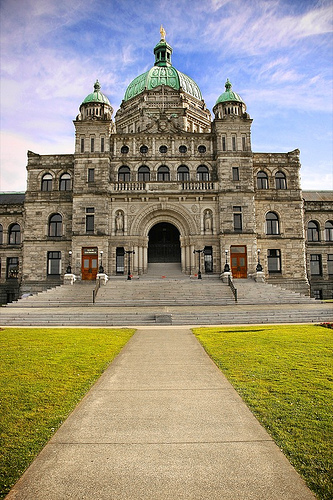The Political Economy of Canadian Hydro-Electricity: Between Old “Provincial Hydros” and Neoliberal Regional Energy Regimes
DOI:
https://doi.org/10.24124/c677/200718Keywords:
hydro-electricity, CanadaAbstract
The “quasi-staples” status of hydro has to be reflected in any summation of its “post-staples” trajectory. Staples analysis has always focussed on the creation and redistribution of economic rents, technological change, and trade issues. Each of these features has been prominent in each of the three regimes of hydro-electricity which have characterized the Canadian industry. In the formative period, the key rent-related issues were the distribution of rents to subsidize industrialization, and the process of urban electrification. In the second, mature staples, period, rents were distributed through “cheap rates” to subsidize and facilitate the development of mass production and mass consumption. In the third, post-staples, period rents and linkages are oriented towards sustainable development. Hence ‘smart’ consumption has replaced ‘mass’ consumption and “demand side management” has replaced the “cheap power” policy.Downloads
Published
2007-06-29
How to Cite
Netherton, A. (2007). The Political Economy of Canadian Hydro-Electricity: Between Old “Provincial Hydros” and Neoliberal Regional Energy Regimes. Canadian Political Science Review, 1(1), 107–124. https://doi.org/10.24124/c677/200718
Issue
Section
Articles

